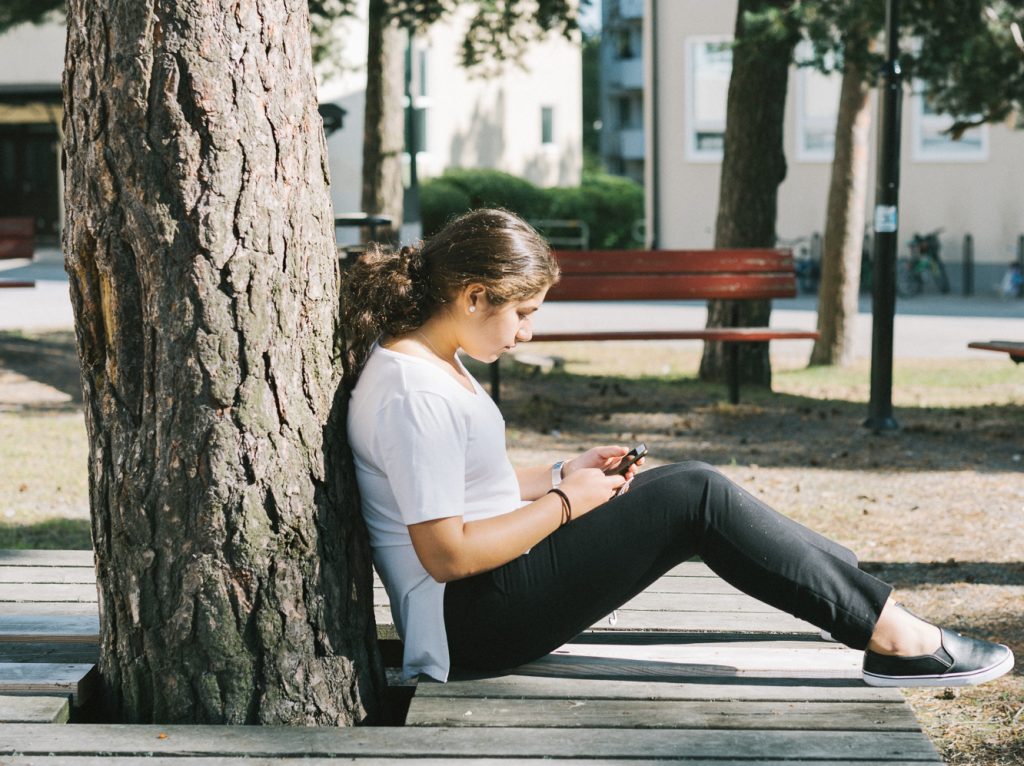The risk and protective factors identified on the microsystem level mainly refers to the immediate and explicit relationships that bi-directional influences the individual, in relation to relationships within the family, the school and in relation to peers.
Family relationships
Family-related factors, specifically parenting behavior and characteristics are important risk and protective factors associated with bullying perpetration and victimization.
Negative parenting behavior, including abuse, neglect, and maladaptive parenting, is associated with an increased risk of becoming a bully/victim and experiencing victimization. Positive parenting behavior, such as authoritative parenting, good communication, warm and affectionate relationships, parental involvement, and support, have protective effects against bullying perpetration and victimization. Effective parent-child communication, meeting children’s friends, and encouraging academic achievement are protective factors associated with lower bullying perpetration.
Family rules, parents’ interest in children’s schoolwork, parental emotional support, positive family environments, and values transmitted by parents are protective factors against bullying perpetration. On the other hand, scarce parental emotional support, abusive or unsupportive home environments, family conflicts, inter-parental/family violence, and negative attitudes and values are risk factors for bullying perpetration and victimization. Also, alcohol and drug use among family members, as well as parents’ mental health issues, are highlighted as risk factors for bullying perpetration.
School relationships
In school, low levels of adult monitoring can increase the frequency of bullying and reduce the likelihood of students feeling safe. It is more likely that aggressive behavior will increase if teachers do not intervene, ignore, or trivialize bullying.
The character of the teacher-student relationship can constitute a risk or protective factor for bullying perpetration and victimization. A negative teacher-student relationship characterized by disruptive and aggressive behavior can be a risk factor for both bullying perpetration and victimization. On the other hand, positive teacher-student relationships characterized by teacher support, good personal treatment, teachers promoting mutual respect, and a positive climate of coexistence can be protective factors for both bullying perpetration and victimization.
Support, good, fair, and just treatment are important for students, as well as the existence of clear and fair rules that are applied justly. The more students feel justly treated by their teachers, the less likely they are to self-report bullying behavior.
In conclusion, the quality of the teacher-student relationship and contextual and situational factors such as class climate, school liking, and bullying characteristics are associated with the likelihood that bullying and victimization can occur. By creating a democratic disciplinary style that encourages teachers to behave authoritatively, the risk of bullying can be decreased.
Peer relationships
There are various risk and protective factors related to peer relationships in the context of bullying perpetration and victimization.
Bystander behavior and social support: The relationship with classmates and their attitudes toward bullying can be risk factors for bullying perpetration. Having social and emotional support from classmates who endorse bullying or fear victimization can contribute to bullying behaviors.
Social status and friendship: Peer status, social acceptance, and the number of friends play a significant role. Higher peer status and having more friends are associated with increased odds of bullying perpetration. However, having high-quality friendships and positive influence can also be protective against victimization.
Classroom environment: The overall behavior and attitudes in the classroom have a stronger influence on individual bullying involvement than individual attitudes alone. If bullying behavior goes unpunished or even leads to increased social status, it can perpetuate permissive attitudes toward bullying among classmates.
Social isolation: Social isolation, indicated by the absence of a best friend, is a risk factor for bullying victimization. Early adolescents without a best friend are more likely to experience an increase in victimization. Having few friends, on the other hand, can protect against offending and cybervictimization.
Friendship quality: High friendship quality can be associated with both bullying victimization and perpetration. Some victimized individuals may use their high-quality friendships to plan retaliatory behavior, while maintaining quality friendships can act as a protective factor against victimization.
Overall, the research emphasizes the multifaceted nature of peer relationships and their impact on bullying perpetration and victimization. Factors such as attitudes, social support, social status, friendship quality, and social isolation all play a role in shaping individuals’ involvement in bullying behaviors.







